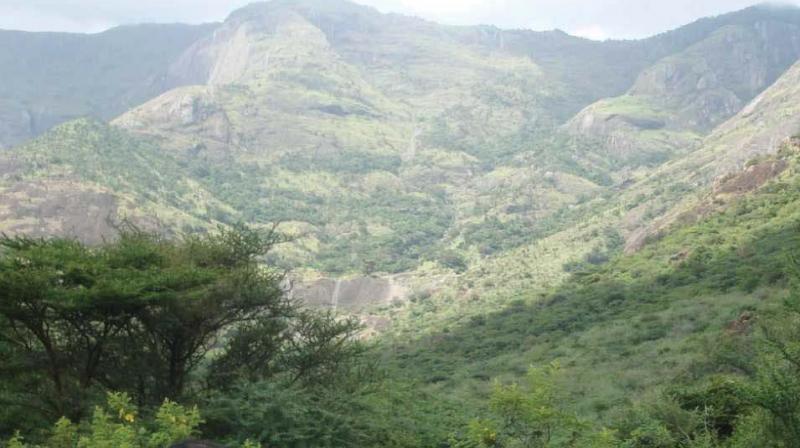A golden opportunity
The so called activists are standing against the progress of our own students.

G. Rajashekharan , Professor Emeritus, The Institute of Mathematical Sciences (IMSC) Chennai rubbishes the arguments against Neutrino Project in Tamil Nadu - Kerala stretch of Western Ghats. The scientist, associated with the Neutrino project for the past 18 years, allayed fears regarding the threat to ecology, environment and hydel projects. He said the project would be up and running in five years if everything goes smoothly - As told to Gilvester Assary
For the past 18 years we have been struggling for this project. Many scientists and experts are behind it. How can we call ourselves a developing country? Even after 18 years the project has not seen the light of the day. If this stalemate continues who is going to suffer? It is the students of India, especially from Tamil Nadu and Kerala, whose progress will be impeded.
The so called activists are standing against the progress of our own students. Experimental science is nought in our country and very new. It has taken 18 years for us to even put the first step. How can we call ourselves a developing country?
Neutrinos are there all around us, passing through us all the time. In other words 1 lakh crore neutrinos are passing through our body and everybody’s body per sq cm per second. These are absolutely harmless particles, whether we do the experiment or not they are passing through.
It very difficult to track and do experiment and that is why they have to go deep underground. One km of hard rock is required to install a neutrino detector, otherwise the detector will detect all other particles coming in abundance and it will escape detection. All other particles will have to be filtered through one km rock.
We chose this mountain site primarily because it was a completely barren land. When I saw this land I thought we could have gone to Nilgiris and that would have been ideal. The government would have allowed us to construct the
tunnel there and by now experiments would have been going on.
Those raising objections do not understand the rudiments of science. Either they do not understand or they do not want to understand. What can we do? To detect we have to go deep underground. There are allegations that if we dig 1 km tunnel it would destroy Western Ghats. For the last 100 years over 150 km of tunnels have been built by Tamil Nadu Electricity Board.
Those who are now levelling allegations are using the same electricity. Why don’t they refuse to use the electricity produced by boring tunnels in the ghats? All these comforts came because of science.In fact the environmentalists don’t understand so they are basically opposing for the sake of it. The other allegation is that water bodies will be destroyed. How can it be destroyed?
There is absolutely no water body in this particular spot. The nearest dam, Idukki dam, is far away. There is a tunnel even under the Idukki dam. They don’t see the facts and they are raising baseless allegations and resorting to false propaganda to prevent it.
The region falls under Seismic Zone No II. Seismic zone III and IV are worst but II is best. We had sought the help of the Geological Survey of India and its director to locate this area. They made a systematic investigation and only after that it was approved.
Earlier when there were no issues involved with the project, SAICON had conducted an environment impact assessment study. However, later they wanted it from an accredited agency. So another agency conducted it.
I have personally visited the area a dozen times. We carried out outreach programmes for the local villagers, heard their concerns and their fears were allayed by experts from INO.
Once the tunnel is built, it will house a massive 50 kilo ton iron calorimeter (ICAL) detector, a magnetised iron structure embedded with 30,000 glass detectors. This is the world’s biggest electromagnetic detector. The proposed project is aimed at creating a big number of dedicated Indian high energy physics researchers with several universities and research centres taking part in this venture.
This project is feasible and will bring back active experimental neutrino research that was given by science communities in the late 1980's. The primary aim of the neutrino detector is to study the atmospheric neutrino isolation it will determine the neutrino mixing parameters precisely and also address the question neutrino mass.
The chief feature will be that it can differentiate between neutrinos and anti neutrinos. About a km of rock is required to filter cosmic rays so that the detector can become sensitive enough to detect neutrinos.
Usually such experiments are done in deep mines or under a mountain. The Bodhi West Hills in Theni district has been chosen after many surveys, as a suitable place for the project. It is 110 km west of city of Madurai. The geological seismic and environmental factors, all of them favour this. The INO project is undoubtedly a major opportunity for Indian science.
(The writer is Prof Emeritus, The Institute of Mathematical Sciences)

